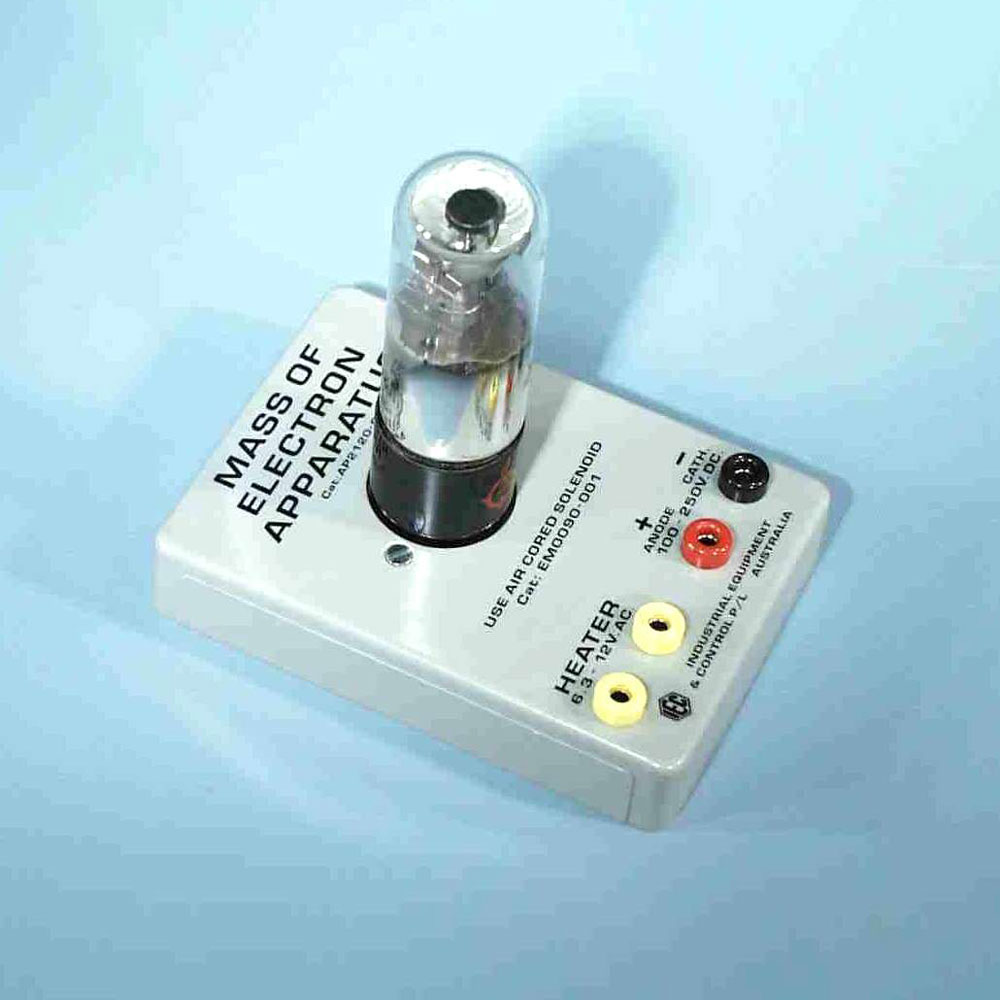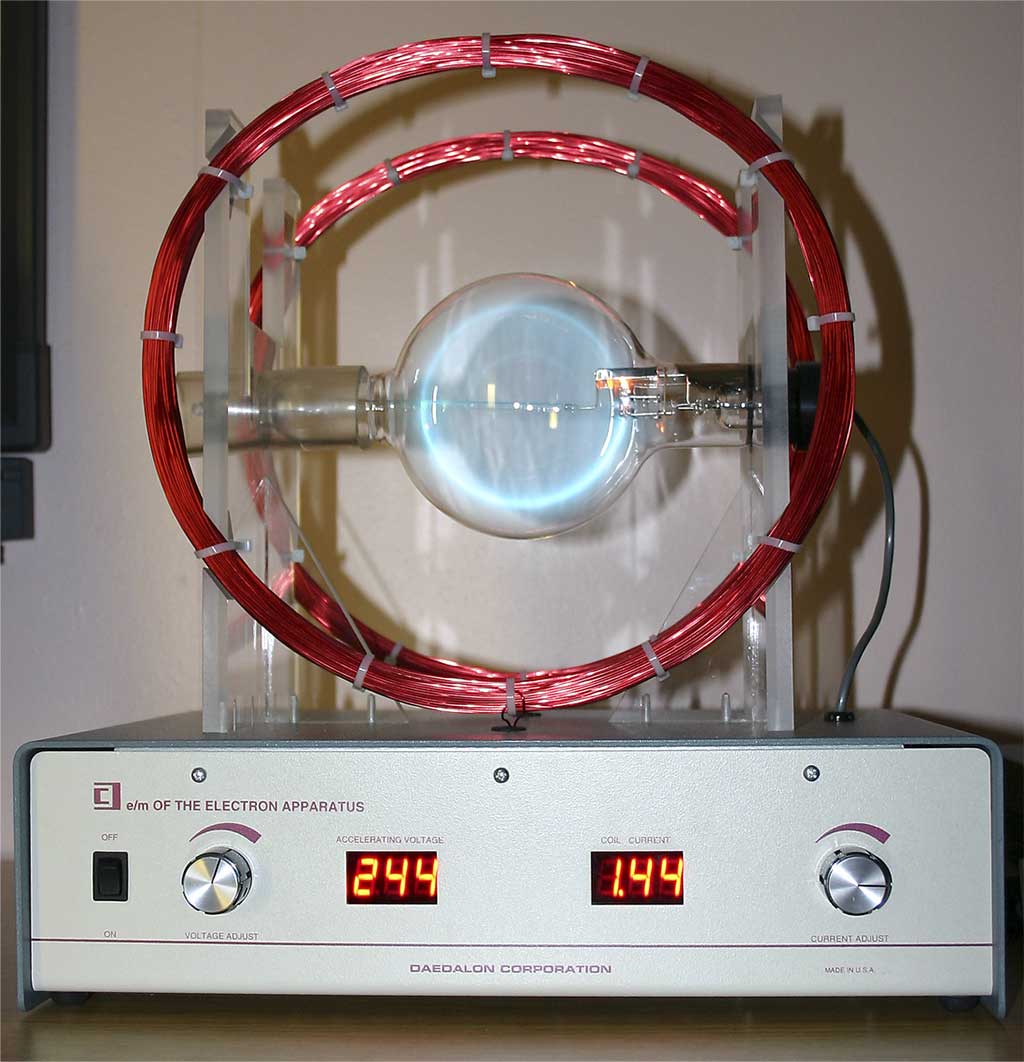
Where ‘e’ is the charge on the electron and Ee is the upward driving force on the droplet due to the applied electric field of strength E. The droplet moves upwards against the action of gravity with a speed (v 2). Now, connect A and A’ to a battery that produces an electric field having a strength, E. The droplet under observation uses up an electron and gets charged. After that, the air in between the electrodes is ionized by X-rays. Where ‘m’ is the mass of the droplet and ‘g’ is the velocity due to gravity. 11 Quantum mechanical properties of the electron include an intrinsic angular momentum ( spin) of a half-integer value, expressed in units of the reduced Planck constant.

The velocity of the droplet (V 1) depends upon its weight, mg. The electron's mass is approximately 1836 times smaller than that of the proton. The droplet falls under the force of gravity without applying the electric field.

This droplet, when brightened perpendicularly to the direction of view, appears in the microscope as a bright speck against a dark background. A couple of droplets travels through the hole in the top plate and into the area between the charged plates, where one of them is observed through a microscope. The upper electrode has a hole in it.Ī fine spray of oil droplets is created by an atomizer. These electrodes are used to create an electrical field in the area in between the electrodes.

The chamber is filled with air, the pressure of which can be changed by a vacuum pump. The apparatus includes a metallic chamber. In 1909, Millikan identified the charge on an electron by a basic arrangement.


 0 kommentar(er)
0 kommentar(er)
